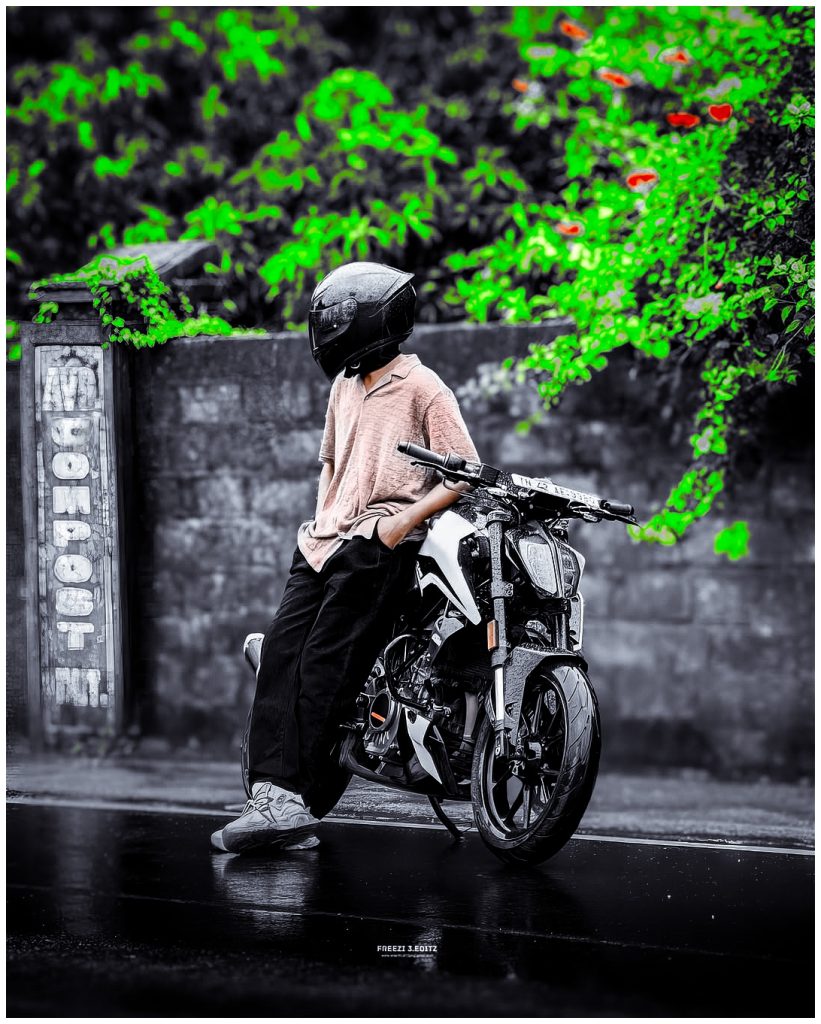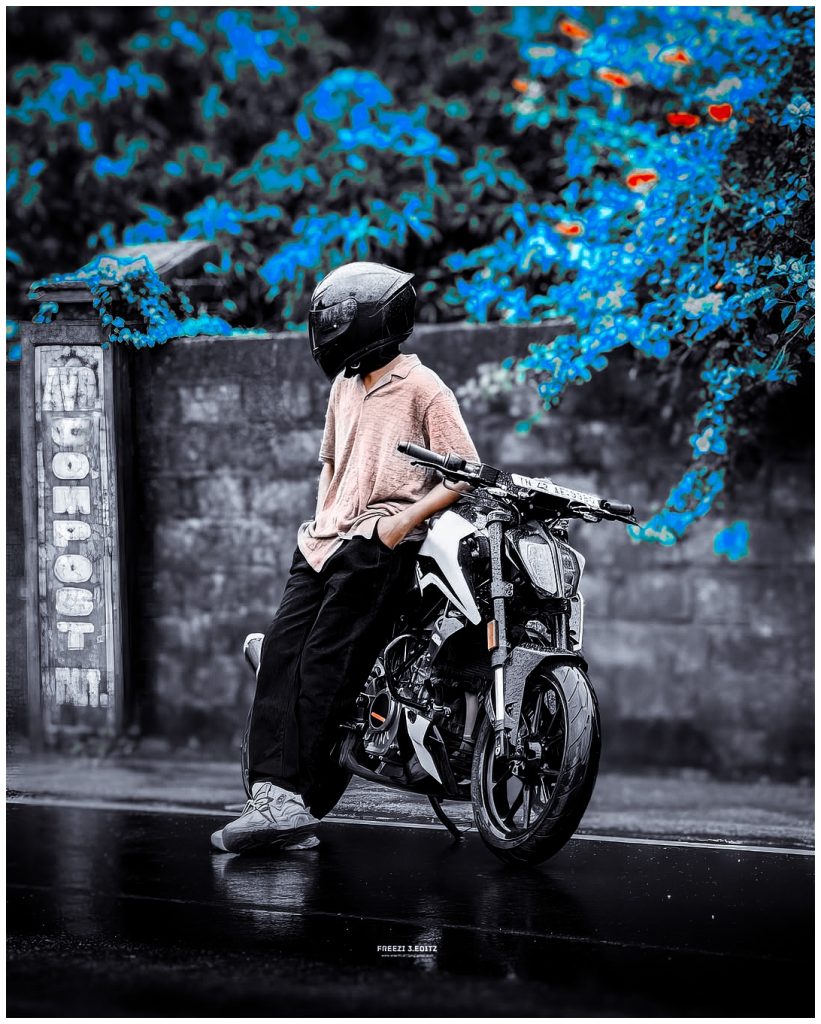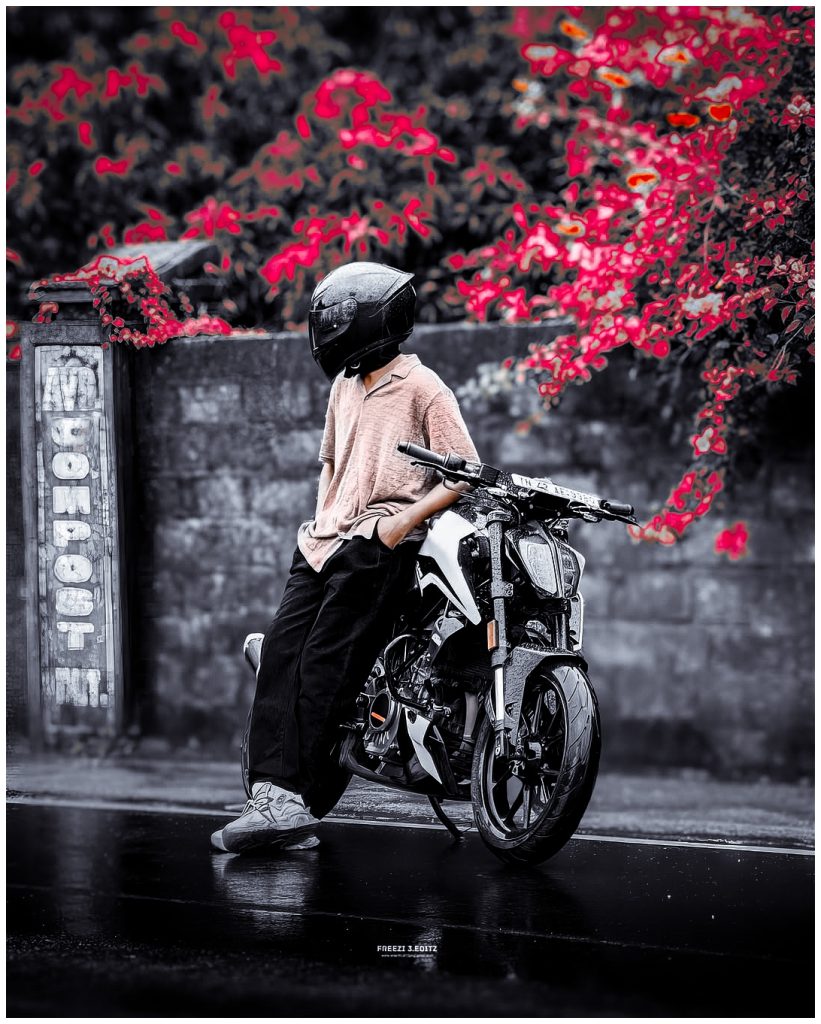Colour grading, a sophisticated form of image manipulation, goes beyond simple adjustments like brightness and contrast. It’s the art of crafting mood, atmosphere, and narrative through the strategic use of colour. In the realm of photo editing, it’s the final touch that transforms a good image into a captivating visual story. This article delves into the nuances of colour grading, exploring its techniques, tools, and the creative potential it unlocks.
Beyond Basic Adjustments: The Essence of Colour Grading
Colour grading isn’t about making an image “look better” in a conventional sense. It’s about imbuing it with a specific emotional tone, a visual style that aligns with the photographer’s artistic vision. It’s about:
- Establishing Mood and Atmosphere: Colour can evoke a range of emotions, from warmth and nostalgia to coolness and detachment.
- Creating a Cinematic Look: Many colour grading techniques are inspired by film, giving images a polished, professional aesthetic.
- Enhancing Narrative: Colour can guide the viewer’s eye, highlighting key elements and reinforcing the story being told.
- Developing a Signature Style: Consistent colour grading can create a recognizable visual identity for a photographer’s work.

The Tools of the Trade: Techniques and Applications
To achieve desired colour grading effects, photographers utilize a variety of tools and techniques:
- Hue, Saturation, and Luminance (HSL): This allows for precise control over individual colour channels. Hue shifts alter the base colour, saturation adjusts the intensity, and luminance controls the brightness.
- Colour Balance: This tool adjusts the overall colour temperature and tint, shifting the image towards warmer or cooler tones.
- Split Toning: This technique adds colour tints to highlights and shadows, creating subtle or dramatic colour contrasts.
- Colour Curves: This advanced tool allows for fine-grained control over colour channels, enabling intricate adjustments to tone and saturation.
- Lookup Tables (LUTs): These pre-made colour palettes offer a quick way to apply specific colour grades, often emulating film stocks or cinematic styles.
- Selective Colour Adjustments: This technique allows for targeted colour adjustments in specific areas of the image, enabling localized effects.

Applications and Creative Possibilities
Colour grading finds applications across various genres of photography:
- Portrait Photography: Colour grading can enhance skin tones, create flattering lighting, and evoke specific emotions.
- Landscape Photography: Colour grading can accentuate the beauty of natural landscapes, enhancing sunsets, skies, and foliage.
- Street Photography: Colour grading can add a gritty, urban feel or create a sense of nostalgia.
- Product Photography: Colour grading can ensure accurate colour representation and enhance the visual appeal of products.
- Cinematic Photography: Colour grading is essential for creating a cinematic look, often involving desaturated colours and dramatic contrasts.
The Importance of Subtlety and Intentionality

While colour grading offers immense creative freedom, it’s crucial to exercise subtlety and intentionality. Over-processed images can appear artificial and distracting. Key considerations include:
- Naturalism vs. Stylization: Determine the desired level of realism and choose colour grading techniques accordingly.
- Colour Harmony: Ensure that the chosen colour palette is visually pleasing and harmonious.
- Context and Narrative: Consider the context of the image and the story it aims to tell.
- Consistency: Maintain a consistent colour grading style across a series of images to create a cohesive body of work.
The Evolution of Colour Grading
Colour grading continues to evolve with advancements in technology. AI-powered tools are automating certain aspects of the process, while new software and plugins offer increasingly sophisticated features. Mobile apps are also democratizing colour grading, making it accessible to a wider audience.

The Enduring Power of Colour
Colour grading is more than just a technical skill; it’s a powerful tool for visual storytelling. By mastering its techniques and understanding its nuances, photographers can elevate their work, crafting images that resonate with viewers on an emotional level. It’s the art of painting with light and colour, transforming ordinary moments into extraordinary visual experiences.
